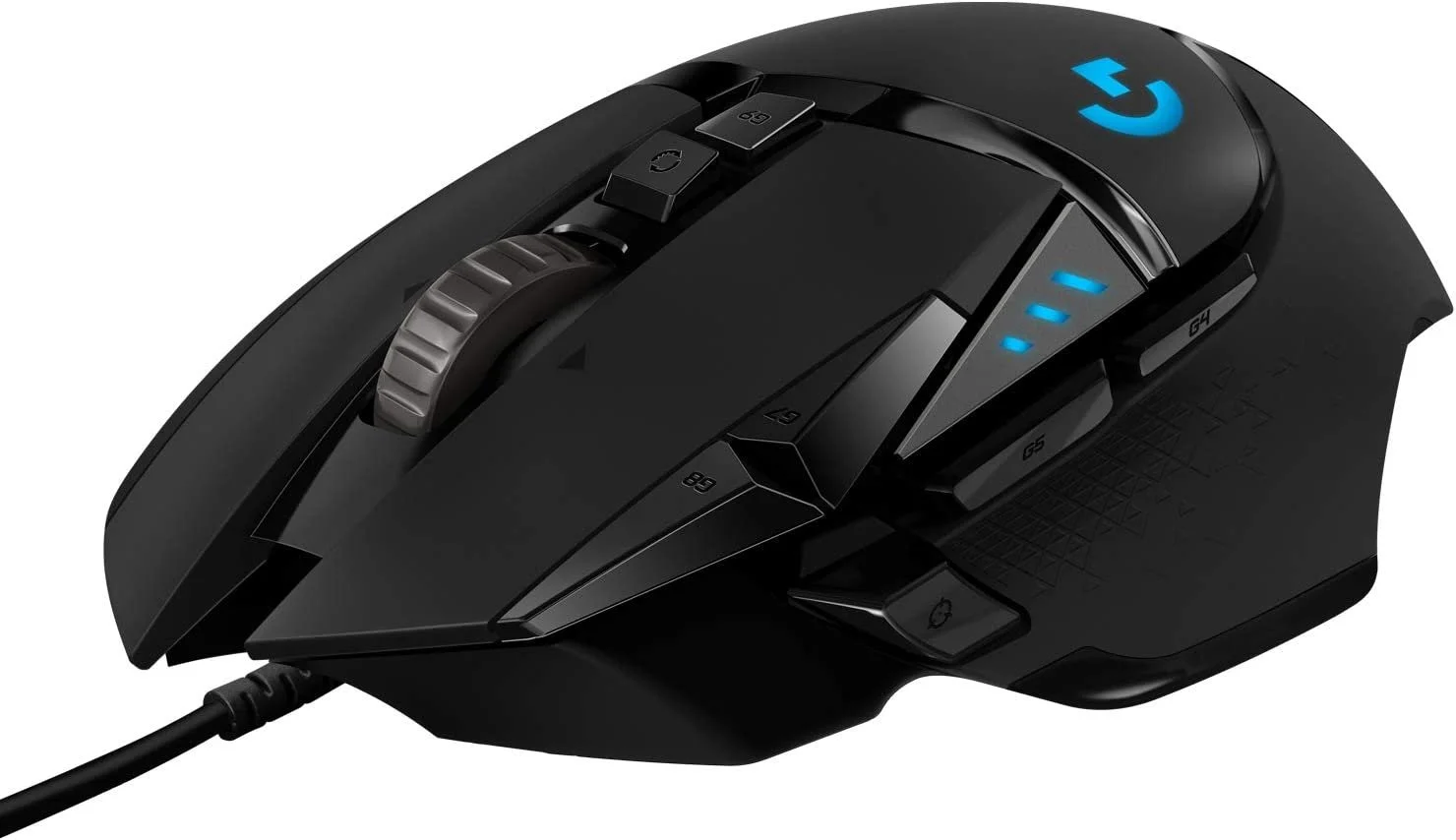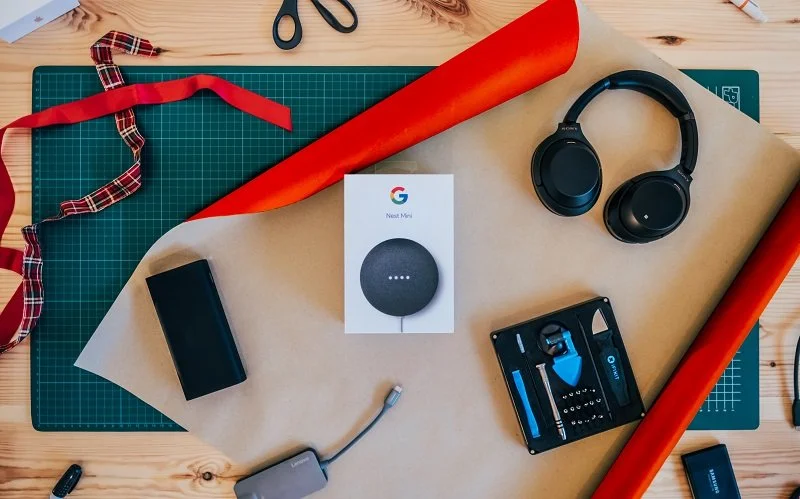Explanation Needed: What is a mouse polling rate
When you view the mouse specs, essential factors come into consideration, which is the polling rate. What is the polling rate, you ask? It refers to how often the mouse reports its position and other data to your computer, measured in Hertz (Hz). Hertz measures the number of times something occurs in one second. For example, if you have a mouse with a 500 Hz polling rate, this would mean your mouse reports to your computer 500 times. Higher polling rates mean your mouse will often report with less delay, measured in milliseconds.
In a basic mouse, the standard polling rate is 125 Hz; with the gaming mouse, the polling rate is significantly higher at 500 Hz to 1000 Hz. In addition, some gaming mice on the market allow users to adjust polling rates. For example, the Razer Viper 8K gaming can be customized to an astounding 8,000 Hz polling rate.
How does the polling rate impact overall performance?
First-person shooting games benefit significantly with high polling rates. For example, if you have a gaming mouse with a 1,000 Hz polling rate versus your opponent's mere 125 Hz. As a result, your opponent will have an 8- millisecond movement and click movement delay. Meanwhile, you're dominating your opponent by having just a 1-millisecond delay. If you do the math, that's seven milliseconds faster response and reaction time.
This is a SteelSeries Aerox 3 gaming mouse, 1000 HZ polling rate
When are high polling rates needed?
Though a high polling rate will offer users increased response time, speed, and augmented accuracy, it's not needed for mundane tasks such as web browsing. Instead, a mouse with a 125- to 250 Hz polling rate is sufficient. A 500Hz to 1000 Hz polling rate mouse is geared toward highly competitive gamers and productivity professionals who engage in film editing and graphic design.
This is a Logitech G502 Hero, with a 1,000Hz polling rate
Other factors you should consider
It's worth noting the polling rate is not the end all be all of your mouse specifications. There are other factors you must consider. For example, the speed, accuracy, and response time are also impacted by your mouse DPI, which determines how pixels your on-screen cursor moves for every inch. In addition, the CPU, the processor, goes into a heavy workload when you have a mouse with a high polling rate. Then there is battery life. A high polling rate will rapidly deplete power from your mouse's battery. And finally, there is the connection type. A wired mouse usually posts a higher polling rate frequency than a wireless mouse. For example, a typical Bluetooth mouse will have an average polling rate of 125 Hz, whereas a wired gaming mouse can reach speeds up to 1,000 Hz.
( It’s noting there are wireless mouse’s on the market that has a 1,000 Hz polling rate. I’m currently using the Razer Basilisk X Hyperspeed wireless mouse.)






